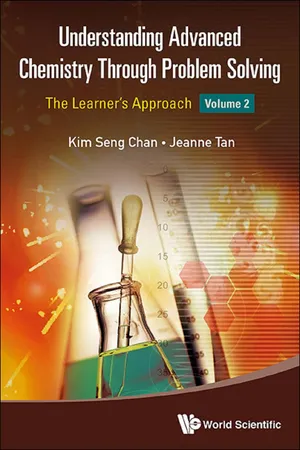
Understanding Advanced Chemistry Through Problem Solving
The Learner's ApproachVolume 2
- 384 pages
- English
- ePUB (mobile friendly)
- Available on iOS & Android
Understanding Advanced Chemistry Through Problem Solving
The Learner's ApproachVolume 2
About This Book
Written for students taking either the University of Cambridge Advanced Level examinations or the International Baccalaureate examinations, this guidebook covers essential topics and concepts under both stipulated chemistry syllabi. The book is written in such a way as to guide the reader through the understanding and applications of essential chemical concepts using the problem solving approach. The authors have also retained the popular discourse feature from their previous two books — Understanding Advanced Physical Inorganic Chemistry and Understanding Advanced Organic and Analytical Chemistry — to help the learners better understand and see for themselves, how the concepts should be applied during solving problems. Based on the Socratic Method, questions are implanted throughout the book to help facilitate the reader's development in forming logical conclusions of concepts and the way they are being applied to explain the problems. In addition, the authors have also included important summaries and concept maps to help the learners to recall, remember, reinforce and apply the fundamental chemical concepts in a simple way.
Topics are explored through an explanatory and inquiry-based approach. They are interrelated and easy to understand, with succinct explanations/examples being included, especially on areas that students frequently find difficult. Topics address the whys and hows behind key concepts to be mastered, so that the concepts are made understandable and intuitive for students. The focus is on conceptual learning so as to equip students with knowledge for critical learning and problem solving.
Existing A-level or IB guidebooks generally introduce concepts in a matter-of-fact manner. This book adds a unique pedagogical edge which few can rival. Through their many years of teaching experiences, the authors have acquired a sound awareness of common students' misconceptions which are relayed through the questions and thus help to reinforce concepts learnt. This book is essential and useful to help the students to be adequately prepared for their high stake examinations.
Request Inspection Copy
Contents:
- Structure and Bonding
- Isomerism in Organic Compounds
- Organic Reactions and Mechanisms
- Alkanes
- Alkenes
- Arenes
- Halogen Derivatives
- Alcohols and Phenol
- Carbonyl Compounds
- Carboxylic Acids and Their Derivatives
- Amines
- Amino Acids
- Polymers
- Summary of Important Organic Reactions
Readership: JC students and teaching professionals in Chemistry.
Frequently asked questions
Information
CHAPTER 1
STRUCTURE AND BONDING
Explanation:
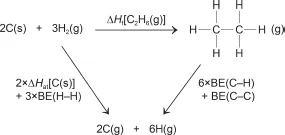



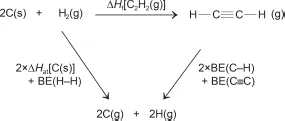




Q | Why did you use the term ‘carbon–carbon’ when you calculated the bond energy for the carbon–carbon bond in benzene? |
Explanation:

Explanation:

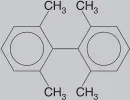
Explanation:

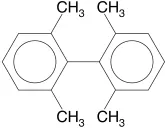
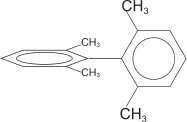
Q | Why are the two C–H bonds on C1 lying on a plane that is perpendicular to the plane that contains the two C–H bonds on C3 for CH2=C=CH2? |
Table of contents
- Cover
- HalfTitle Page
- Title Page
- Copyright Page
- Preface
- Acknowledgements
- Contents
- Chapter 1 Structure and Bonding
- Chapter 2 Isomerism in Organic Compounds
- Chapter 3 Organic Reactions and Mechanisms
- Chapter 4 Alkanes
- Chapter 5 Alkenes
- Chapter 6 Arenes
- Chapter 7 Halogen Derivatives
- Chapter 8 Alcohols and Phenol
- Chapter 9 Carbonyl Compounds
- Chapter 10 Carboxylic Acids and Their Derivatives
- Chapter 11 Amines
- Chapter 12 Amino Acids
- Chapter 13 Polymers
- Chapter 14 Summary of Important Organic Reactions
- Index